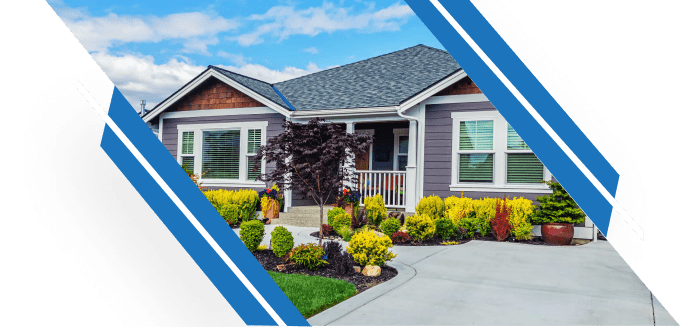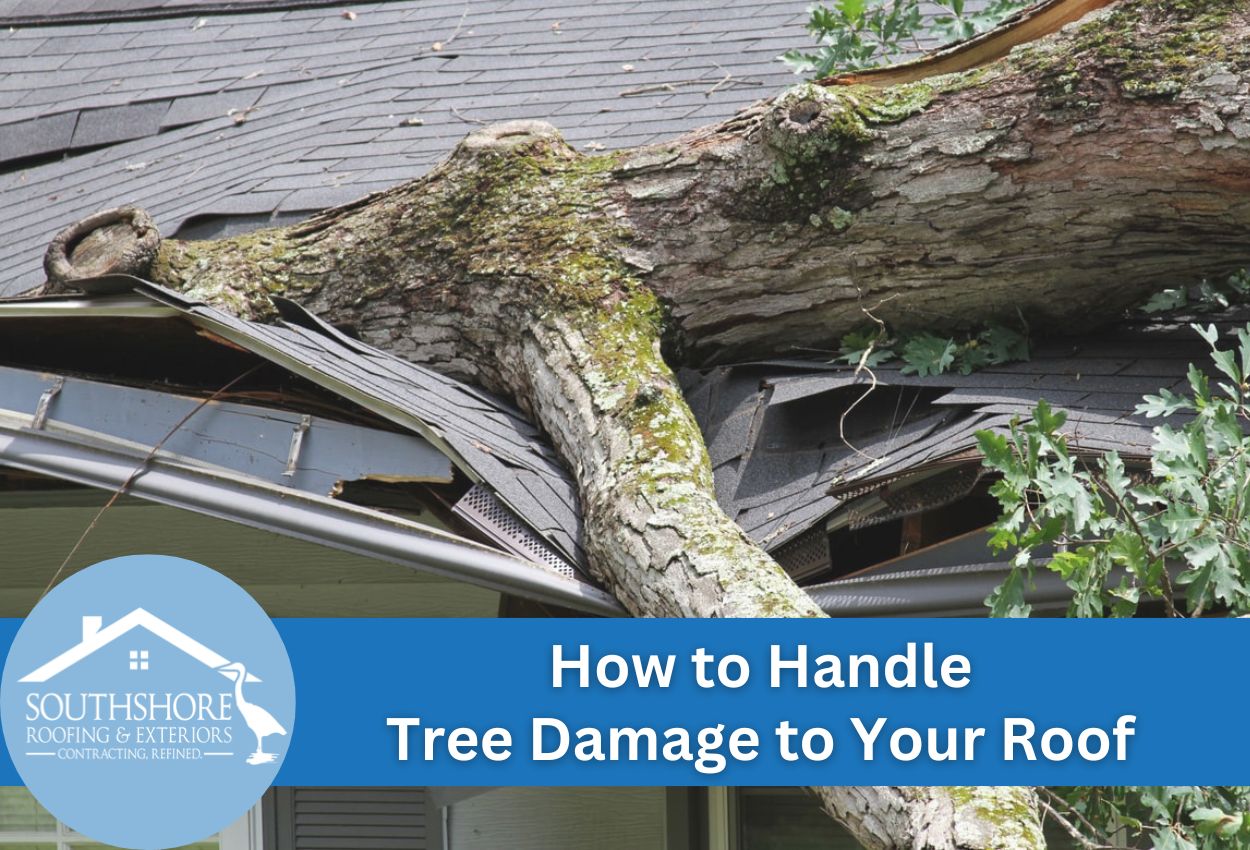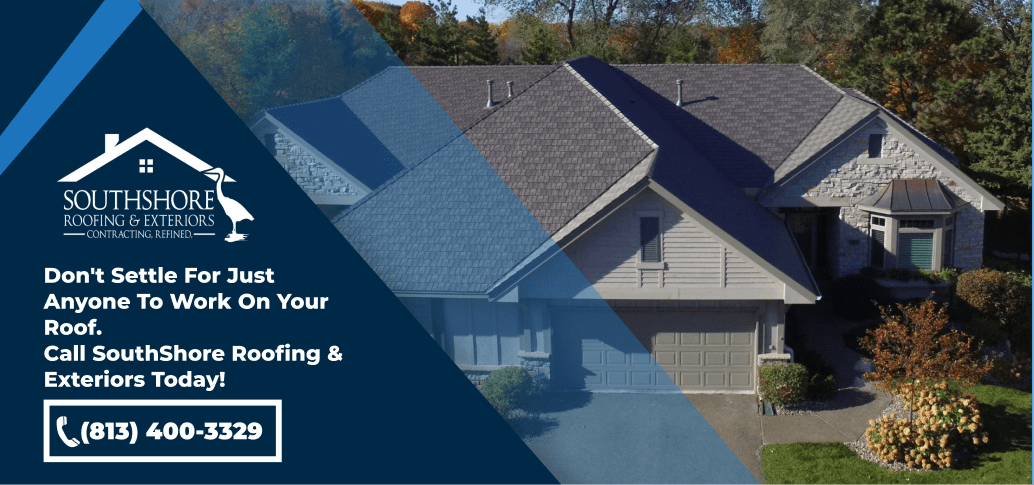When a tree unexpectedly falls and damages your roof, the immediate aftermath can be overwhelming and stressful. Knowing how to handle tree damage to your roof is crucial in reducing further issues, ensuring your family’s safety, and preserving the integrity of your home. In this blog post, we’ll guide you through the essential steps to take in order to assess and address the damage caused by fallen trees.
By following the guidance provided here, you’ll be better prepared to handle the challenges posed by needing roof repair for tree damage. Whether you’re documenting the damage for insurance purposes, considering professional tree removal, or coordinating professional roof repair, these initial steps are vital in navigating the recovery process smoothly and efficiently.
Safety First: Prioritizing Your Well-Being
Ensuring your safety is the most important step to take when dealing with tree damage to your roof. Before you assess or handle any damage, it is crucial to prioritize personal safety to prevent any accidents. Here are practical tips on maintaining safety while managing tree damage.
- Ensuring Personal Safety: Always wear protective gear such as helmets, gloves, and sturdy boots when inspecting damage. Avoid climbing on the roof immediately after damage has occurred, as the structure may be unstable. If necessary, use a ladder to visually inspect the damage from a safe distance, or consider using binoculars from the ground level.
- Securing the Surrounding Area: It’s essential to secure the area around the damaged roof to prevent injuries. Set up barriers or tape around the affected area to keep family members and pets at a safe distance. Additionally, check for hazards such as loose power lines or broken tree limbs that could pose further risks.
Understanding the impact of tree damage on your roof and taking immediate steps to secure both personal and property safety can significantly reduce risks and facilitate smoother fixing of the roof after a tree falls. Always consider the importance of professional tree removal and roof repair for tree damage to ensure that the job is done safely and efficiently.
Assessing and Documenting the Damage for Insurance Claims
After ensuring safety you’ll want to assess the roof closely for damage and document the roof tree damage for insurance. Proper documentation can significantly streamline the insurance claim process and help you receive the appropriate compensation for repairs.
Begin by listing all visible signs of damage. This includes broken shingles, punctures in the roofing material, structural damages to beams or the attic, and any internal leaks that have occurred as a result of the impact. It’s vital to note every detail, no matter how small, as these can be crucial for insurance claims.
Take clear, high-quality photos from multiple angles to capture the extent of the damage. Each photo should be time-stamped to provide an accurate timeline of the aftermath. Alongside photographic evidence, create a detailed written record of the damage and any immediate repairs undertaken to prevent further harm. Include dates and approximate times of these actions to support your claims.
Understanding how to effectively assess and document tree damage to your roof can facilitate a smoother interaction with your insurance company. Always remember the importance of professional assessments in these situations. Engaging experts to help with the inspection process can provide additional evidence, ensuring that all forms of damage are appropriately accounted for.
The Role of Professional Tree Removal Services
Facing the task of managing tree damage to your roof can be daunting, but it’s crucial to understand when to seek the help of professional tree removal services. Not all situations require expert intervention, but certain conditions make their service indispensable.
If the tree that fell is large, if it’s entangled with power lines, or if the damage to your roof is extensive, professional help is necessary. These scenarios pose significant risks and require specialized equipment and expertise that only professionals can provide. Plus, if the tree is still partially standing but poses a threat due to structural instability, it’s safer to have professionals handle the removal.
Opting for professional tree removal services can significantly enhance the safety and efficiency of the process. Professionals are equipped with the necessary tools and training to perform the job safely, minimizing the risk of further damage to your property or personal injury. Their expertise also ensures that the removal is conducted quickly, which is crucial to preventing your roof from being exposed to the elements. Professional services also often include clearing the site and disposing of the debris, providing a comprehensive solution to tree damage.
Repairing Tree Damage To Your Roof
Assessing the extent of roof damage after a tree impact is vital for both safety and restoration. The first step in evaluating roof damage is a thorough inspection to determine the scope and severity of the damage. This can involve checking for visible signs like broken shingles, punctures, or structural deformities. It’s essential to assess these forms of damage promptly to prevent further harm to your roofing system, especially before adverse weather conditions worsen the situation.
When deciding between DIY vs. professional roof repairs, homeowners must consider the complexity and risk associated with repairs. DIY efforts might be sufficient for minor damage such as replacing a few shingles. However, significant damage that involves structural repairs or shingle replacement over a large area typically requires the expertise of a professional roofing contractor. Professional services ensure that the repairs are done safely and effectively, adhering to building codes and manufacturer specifications.
Additionally, professional roofers have the necessary tools and equipment to handle complex repairs, which might not be readily available to the average homeowner. Considering the importance of professional roof repair and tree removal, hiring experts is often the safest and most efficient approach to dealing with significant roof damage caused by fallen trees.
Navigating Roof Repair Costs and Insurance Coverage
Dealing with tree damage to your roof requires an understanding of both the associated costs and the insurance aspects. This section will help homeowners navigate the complexities of roof repair costs and the nuances of insurance coverage, specifically focusing on tree damage.
Understanding Insurance Coverage
Typical homeowner insurance policies may cover tree damage to roofs, but coverage can vary based on the specifics of your policy and the nature of the event. It’s important to review your policy to understand what is covered and under what conditions. Document the damage thoroughly and report it to your insurance provider promptly to ensure that your claim is processed efficiently.
Estimating Repair Costs
The costs associated with roof repair after tree damage can vary widely depending on the extent of the damage and the type of roofing materials involved. Minor repairs might only require replacing a few shingles, while major damage could require a complete roof replacement. Consulting with a professional roofing contractor can provide you with a better idea of the costs involved in your project, ensuring that you have accurate information for insurance claims and budget planning.
By understanding both the level of insurance coverage and the potential costs involved in fixing roof damage from a tree impact, homeowners can better prepare for the financial aspects of roof repair. Engaging with professional roof repair services and ensuring proper documentation of the damage can further streamline the process, making it less daunting.
Preventive Measures to Avoid Future Tree Damage
Understanding and implementing preventive measures is crucial to avoid future tree damage to your roof. By focusing on regular tree maintenance and strategic tree planting, homeowners can significantly reduce the risk of these incidents and ensure the longevity of their roofing systems.
Regularly maintaining trees around your property can prevent unexpected falls and damage as well. This includes periodically trimming overhanging branches, checking for signs of disease or decay, and ensuring that trees are healthy and stable. Regular inspections by a professional can identify potential risks early, allowing for quick intervention.
When planting new trees, consider their mature size and root growth patterns to avoid future structural issues. Plant trees away from the house to ensure that, even when fully grown, their branches won’t hang over the roof. Choosing species that are appropriate for the local climate and soil conditions can also reduce the likelihood of damage during severe weather events.
By taking these preventive steps, homeowners can safeguard their homes against the impact of tree damage to their roofs. This not only ensures safety, but also reduces the need for frequent and costly repairs, contributing to a more secure and durable home environment.
Find Quality Professional Roof Repair Services With The Team at SouthShore Roofing & Exteriors
If your roof has been damaged by a fallen tree, don’t wait! Contact SouthShore Roofing & Exteriors at (813) 400-3329 for immediate assistance. Our expert team will assess the extent of the damage and provide efficient, professional roof repair services to restore the safety and integrity of your home. Call SouthShore Roofing & Exteriors now for reliable, and prompt roof repair solutions.




